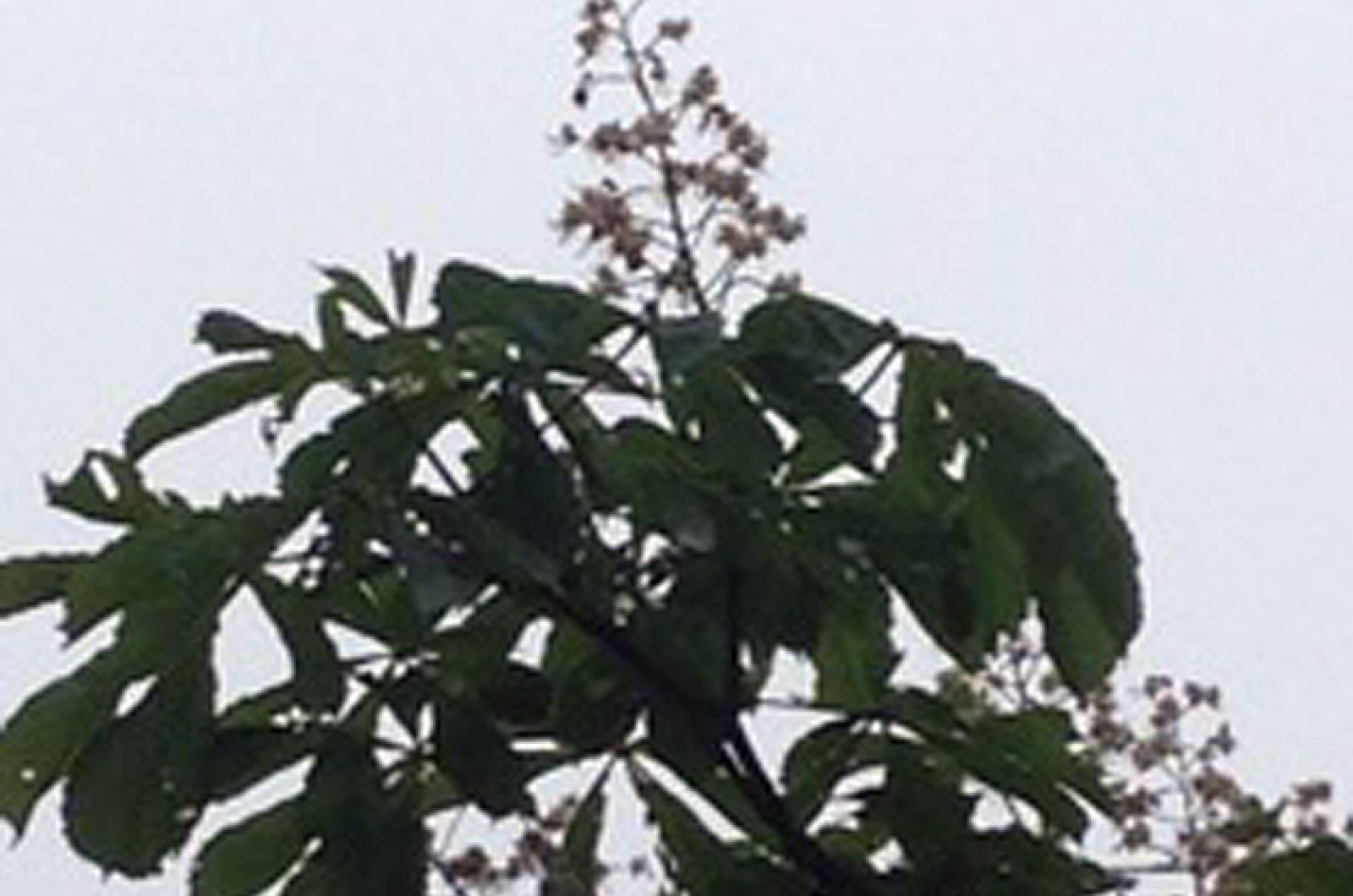“How could you not be hopeful if you’ve got a tree around?”
That was the inspirational question once asked by documentary filmmaker Ross Spears, who clearly knew the power of trees. It is a poignant question, when viewed in the context of the story of a young girl who found hope, beauty and happiness against the backdrop of war and fear in the company of a very special tree. During the Holocaust, while hidden from German police in a secret annex to a house in Amsterdam, Anne Frank would look through an attic window that was not blacked out and marvel at the nature she could see: birds, the sky, and a horse chestnut tree.
Anne Frank wrote of this tree in her diary multiple times. The first was in February, 1944, when she recorded this experience with her sister: “The two of us looked out at the blue sky, the bare chestnut tree glistening with dew...and we were so moved and entranced that we couldn’t speak.”
That spring, Anne observed the change in the tree outside her window, “Our chestnut tree is in leaf, and here and there you can already see a few small blossoms.”
A month later, she documented the arrival of its flowers, noting it “is even more beautiful than last year.”
The tree became a friend to visit and a source of pleasure in her confined life. “Nearly every morning,” she wrote, “I go to the attic to blow the stuffy air out of my lungs, from my favorite spot on the floor I look up at the blue sky and the bare chestnut tree, on whose branches little raindrops shine, appearing like silver, and at the seagulls and other birds as they glide on the wind. As long as this exists, I thought, and I may live to see it, this sunshine, the cloudless skies, while this lasts I cannot be unhappy.”
The horse-chestnut tree so loved by Anne outlived her and remained in the courtyard of her home, which eventually became a museum. Her cherished tree remained a symbol of hope, and a reason to believe in it. This tree was one of the oldest horse-chestnut trees in Amsterdam, having lived more than 170 years until 2010, when it unfortunately fell.
As it aged and began to decline, officials at the Anne Frank House took the chestnuts and germinated them, with the intention of spreading the surviving saplings and the story of the tree and Anne Frank across the world. It worked spectacularly. Specimens from this tree have found homes at the 9/11 Memorial, the Clinton Presidential Library, two Holocaust centers, the Children’s Museum in Indianapolis, several schools, and even the nearby Boston Common.
In late spring, as they did in Anne’s 15th year, horse-chestnut trees bloom. We see the same species that she admired so many years ago. Horse chestnuts are not a tree native to the Island, but have become very popular, and are easily found in backyards, community parks, and along rural roads and city streets. These trees leaf out early with pale green leaves and then showcase their upright crown (or panicle) of white flowers. Every year, they will continue to renew joy in life (and hopes for its improvement), because of their role in giving comfort and even joy to a young girl in the most difficult of situations.
American author Nora Waln once wrote, “Trees give peace to the souls of men.” This sentiment was certainly intended to include the souls of innocent young girls. We can only hope that it was true for Anne, and always will be true for the rest of us.
Suzan Bellincampi is director of the Felix Neck Wildlife Sanctuary in Edgartown, and author of Martha’s Vineyard: A Field Guide to Island Nature.







Comments (1)
Comments
Comment policy »